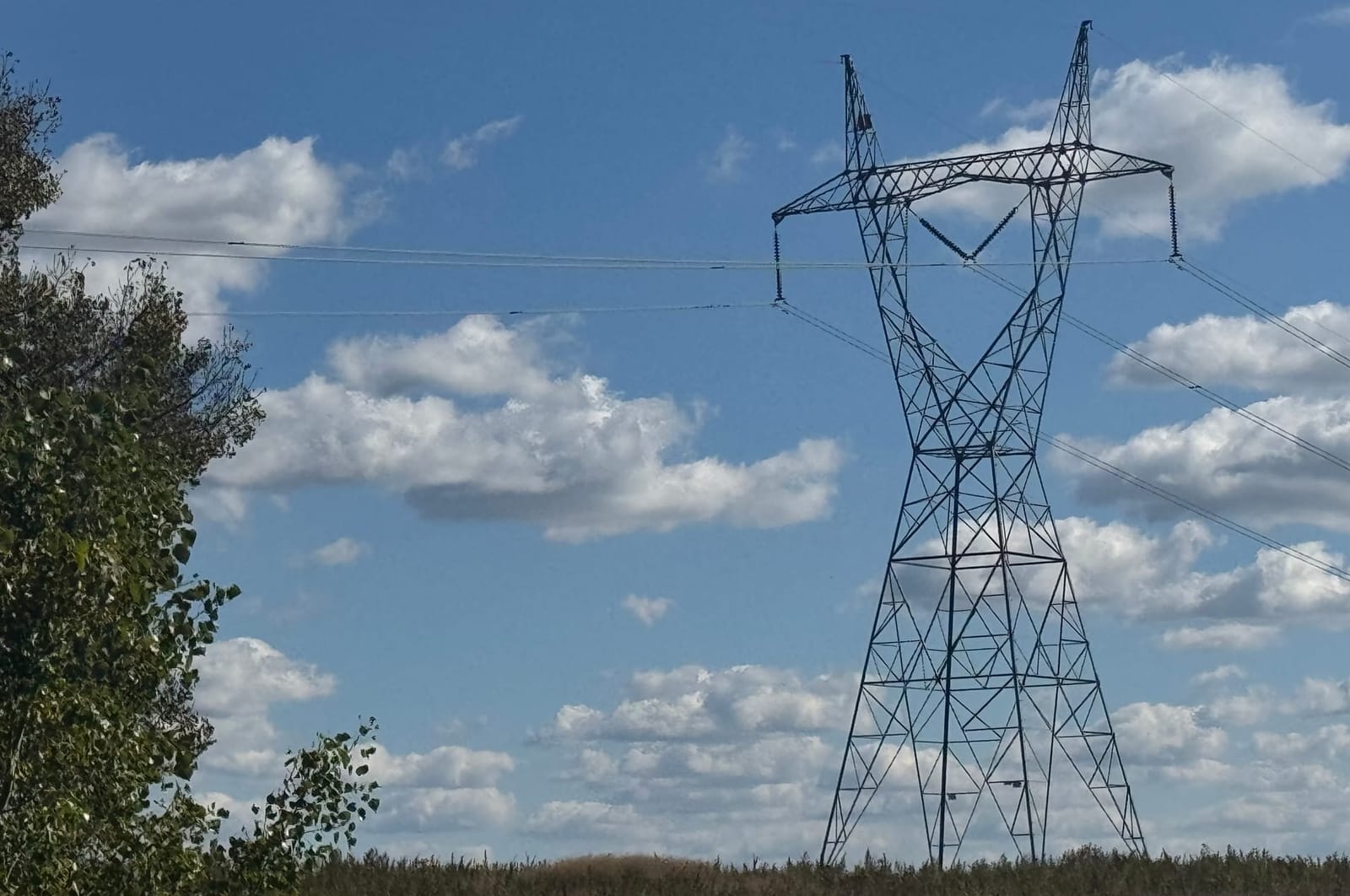BIG STONE CITY, S.D. – This small city in northeastern South Dakota already serves as a major hub for energy. It's home to a coal-fired power plant, a Poet Biofuels ethanol plant and a major electrical substation that is critical to the region’s power grid.
A planned multi-state, multibillion-dollar expansion of the region’s transmission system would make Big Stone City an even bigger spoke for the Upper Midwest’s energy economy.
If a proposed 765-kilovolt transmission line through town is built in the next few years as planned, it would easily become the highest-capacity power line in the state. It would also set the stage for new natural gas, wind and solar electricity generation in South Dakota.
“The key piece here is that transmission infrastructure supports all development,” said Matt Prorok, an electricity policy analyst for the nonprofit Great Plains Institute, based in Minneapolis. “It’s essentially creating access to buying or selling whatever you need when you want to.”
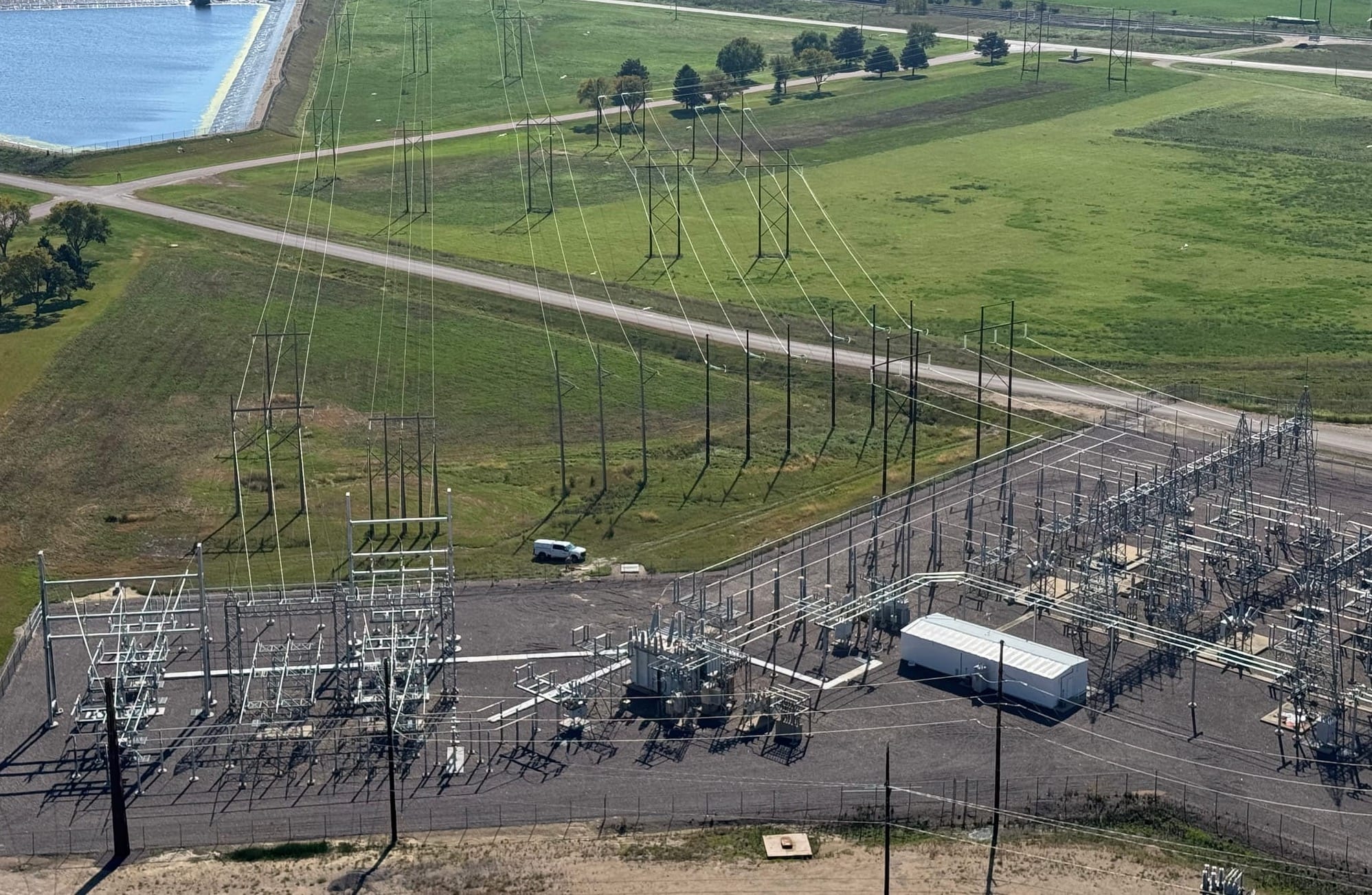
That means new jobs and greater need for trained workers, and not just in the state’s growing renewable energy economy. More capacity to move electricity through the state will also create opportunities for a wide range of new industrial, commercial and residential growth in the coming decades.
Furthermore, the high-capacity line also would strengthen and stabilize the region’s electric grid during weather disasters, generate numerous new jobs in the energy and construction industries and ultimately lower costs for ratepayers, according to Midcontinent Independent System Operator, or MISO, the regional grid operator behind the project.
Projects part of $30 billion in plans
South Dakota is expected to see several new transmission line projects in the coming years. The major one through Big Stone City is among the plans by two major power grid operators to expand electric capacity through dozens of Great Plains and Midwestern states over the next 10 to 20 years with a price tag of nearly $30 billion.
The new transmission line projects will pave the way for growth not only in energy production but also for a variety of commercial, industrial and residential developments, Prorok said.
Prorok said that while planning, forecasting, siting and funding transmission lines is a complex, multi-year process, the benefits can be simplified by comparing the expanded lines to roads in farm country. As new roads are built or existing roads are expanded, it opens the door for more commerce on a wide variety of fronts.
For instance, higher-capacity transmission lines could prepare the way for new power plants and wind farms as well as for industrial plants, residential complexes or new technologies like data centers to be built in South Dakota or neighboring states, he said.
Beyond that, the new transmission lines will protect utility customers by allowing for energy to flow during natural disasters and should ultimately save ratepayers money, Prorok said.
"Customers will pay less overall, because when transmission projects get approved, they are required to demonstrate a net benefit over time," he said. "The key piece here is that when you spend a dollar on transmission, you’re going to save more than a dollar on the production side."
2 sets of regional projects planned
South Dakota is part of two separate regional transmission organizations that manage the electrical grid in multiple states.
MISO manages energy flow in 15 states, including the northeast portion of South Dakota and in Manitoba, Canada. The Southwest Power Pool, or SPP, oversees energy flow in 14 states, including most of South Dakota.
Both organizations have proposed major transmission line expansions to increase the nation’s capacity to generate and move electricity.
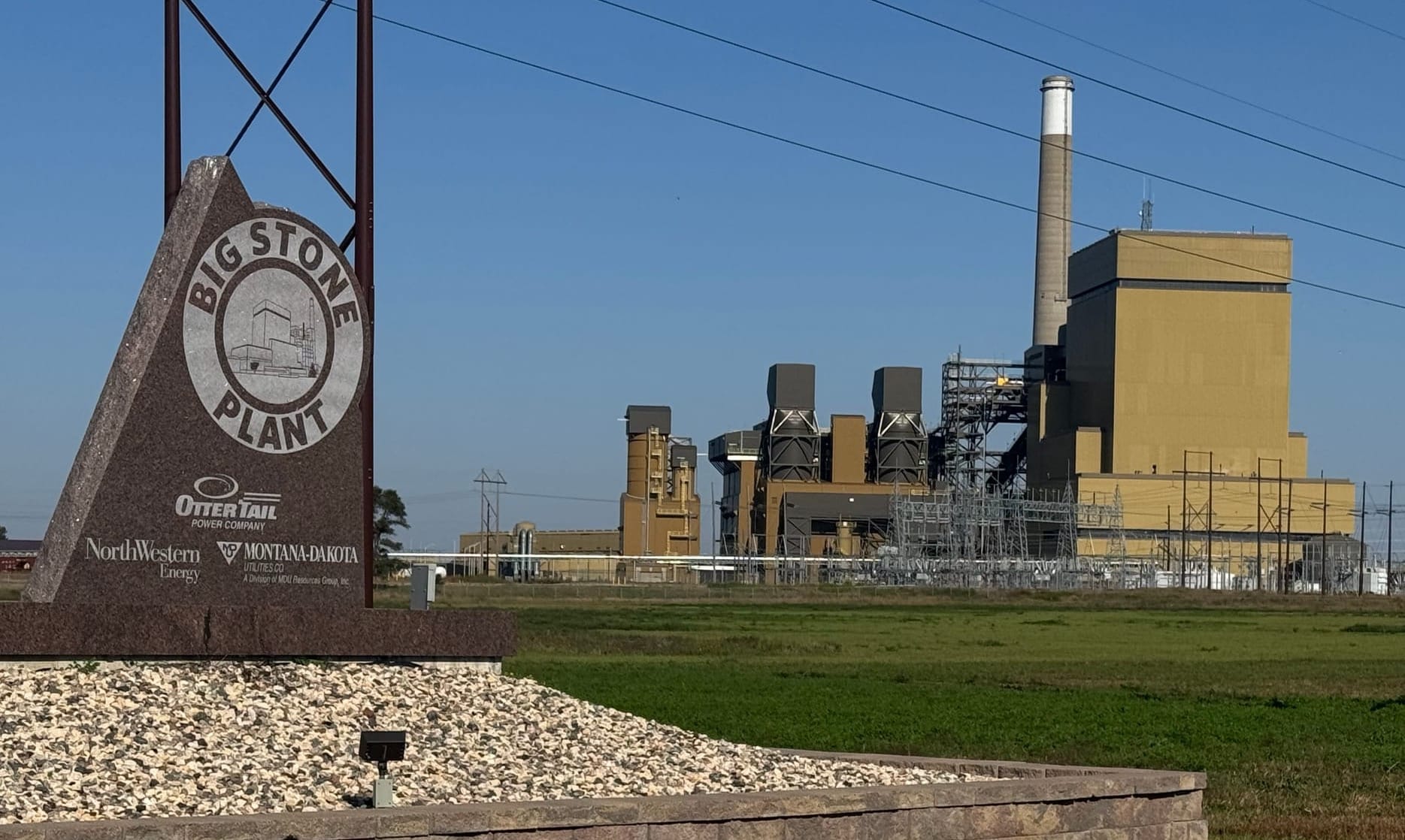
MISO has plans for 488 individual projects to be done over the next 10 years at a cost of $22 billion.
In South Dakota, the MISO expansion — part of an expansive project known as Tranche 2.1 — calls for construction of a 345-kilovolt line from Alexandria, Minnesota, to Big Stone City and development of a new 765-kilovolt line from Big Stone City to White and to the city of Trimont in southwestern Minnesota.
SPP has approved plans for 89 transmission projects to include 2,333 miles of new lines and about 500 miles of rebuilt lines at an overall cost of $7.7 billion. In its 2024 Integrated Transmission Plan, SPP said that its power network “is facing a generational challenge as the need arises to balance new sources of demand, like data centers, crypto mining, mining, and oil and gas production, with the retirement of conventional resources that use coal and natural (gas) as fuel sources.”
Join other South Dakotans and support statewide storytelling.
The SPP projects in South Dakota would include a new 50-mile, 115-kilovolt line from Carpenter to Lake Preston, reconstruction of an existing power line in Watertown and the construction of a new 345-kilovolt line for 440 miles from Belfield, North Dakota, to New Underwood in western South Dakota and then south to Laramie, Wyoming.
The 345-kilovolt line is needed, according to the SPP plan, “to address the rapid load growth in North Dakota and South Dakota” and to “contribute to SPP’s strategic opportunity to develop a robust ‘grid of the future.’”
Adding capacity for wind, other energy projects
The new transmission lines in and out of South Dakota should open the door to future development of energy in the state, especially in regard to sustainable sources such as wind and solar.
South Dakota has been a national leader in rapid expansion of wind energy production over the past decade and has a welcoming environment for greater solar production as well.
As of 2024, South Dakota had 3,600 megawatts of wind energy in production, according to Public Utilities Commission records. About 60% of the wind production has come online since 2020, a five-year period in which the state added about 2,100 megawatts of production by almost 700 new turbines.
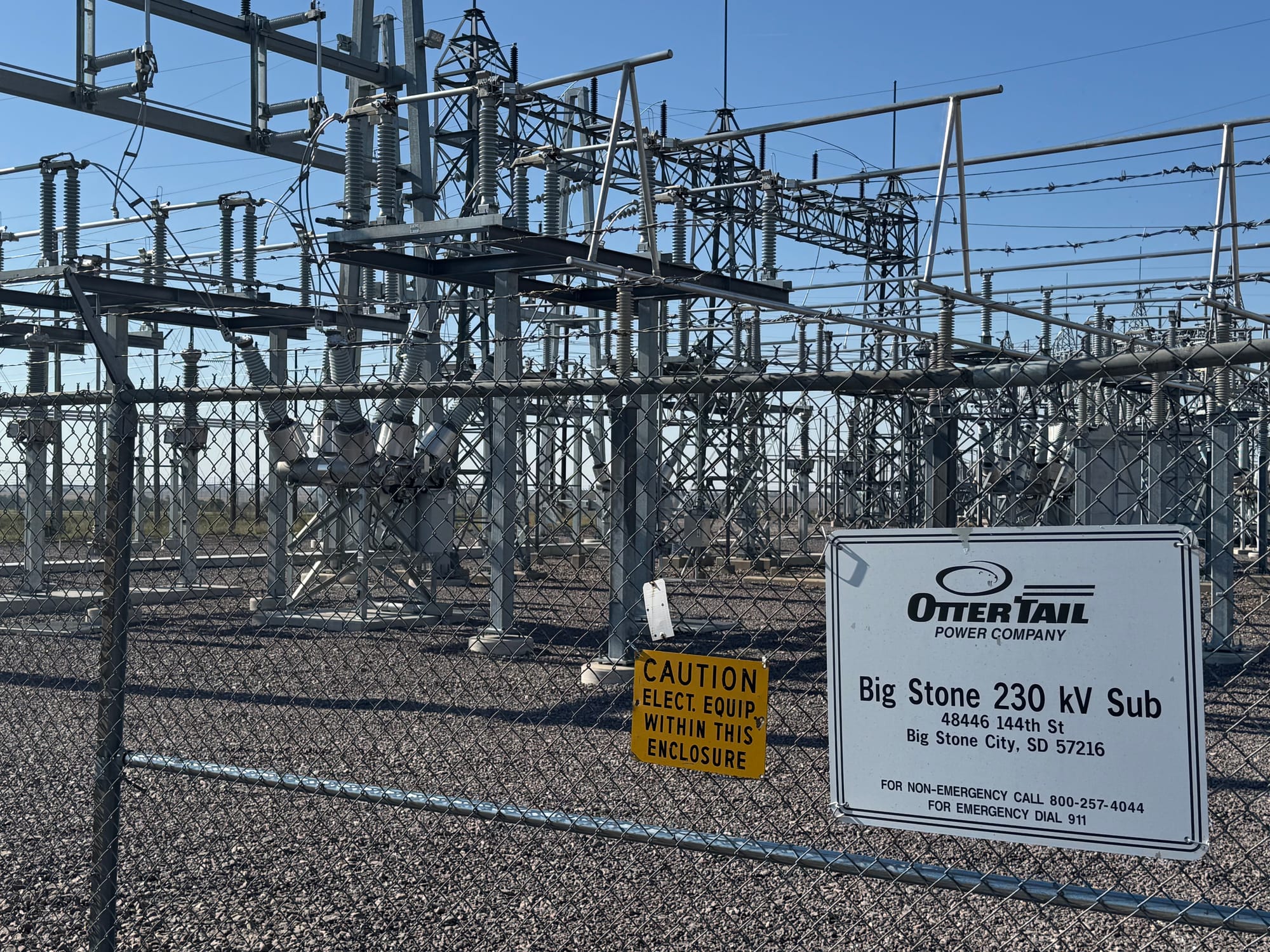
However, applications for new wind production facilities have slowed dramatically, largely due to a lack of transmission line capacity in the state and Great Plains region.
“We’re pretty much stalled right now,” PUC Commissioner Chris Nelson told News Watch.
The South Dakota PUC is currently reviewing applications for three new energy projects in the state, Nelson said.
Missouri River Energy wants to build a 130-megawatt natural gas plant near Toronto. Black Hills Energy plans a 98-megawatt natural gas plant in Rapid City. And Philip Wind Partners has applied to build a 300-megawatt wind farm with 87 turbines northwest of Philip.
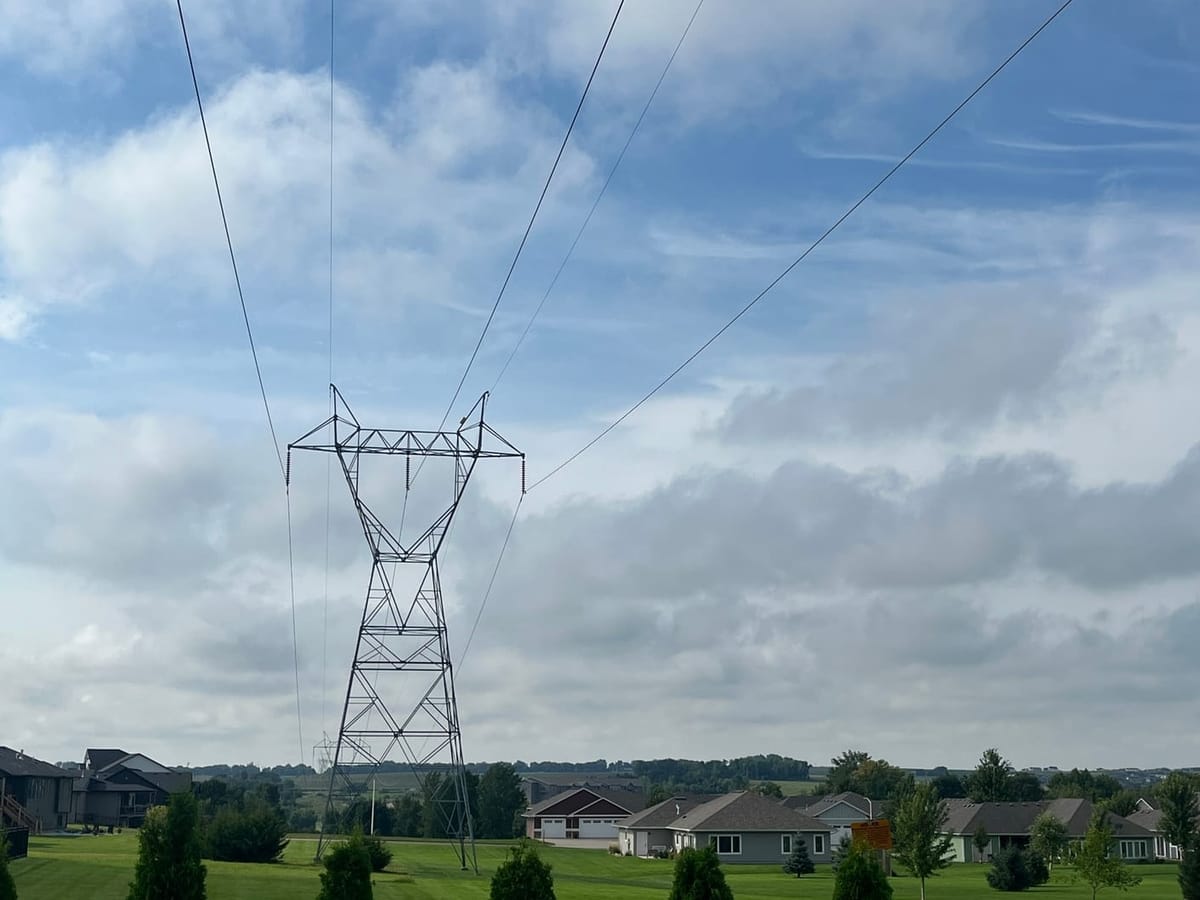
Those projects were able to find space on the existing power transmission network, Nelson said. But in large part, South Dakota’s capacity to build new wind farms, solar fields or power plants is restricted by the fact the existing power grid needs to expand to handle more energy, he said.
“There’s still some of these developments happening, but it’s certainly slowed down from what we saw five or six years ago as the transmission lines have filled up,” Nelson said. “At this point, our capacity is limited, but MISO believes that this large backbone of new transmission lines in the upper Midwest will allow additional generation sources to be sited.”
Energy projects face some headwinds
The energy industry is keeping a close eye on the actions of President Donald Trump’s administration, which has canceled funding for numerous energy expansion projects across the country.
The Associated Press reported in early October that Trump had canceled nearly $8 billion in grants for hundreds of proposed clean-energy related projects, most of them in states that did not vote for him in the last election.
Meanwhile, the Los Angeles Times also reported in October that it had obtained a new list of $15 billion in clean-energy project cuts being considered by the Trump administration.
Nelson, the South Dakota PUC commissioner, said he is not aware of how those cuts would affect transmission line projects. But they could limit development of energy sources that would use expanded transmission capacity and therefore lower the viability of the need for the new lines and expansion of existing lines, he said.
Seth Blomeley, a spokesperson for SPP, told News Watch in an email only that SPP will “continue to evaluate the project.”

Any grant cancellations would increase the amount of investment required by power companies, which would shift more costs of transmission lines away from government subsidies and further onto ratepayers, Prorok said.
Nelson told News Watch that the main government program aiding energy development in South Dakota are the production tax credits, which may be allowed to expire in the next few years, raising the cost of new projects in the state.
The MISO expansion plan also has been the subject of complaints filed with federal energy regulators arguing that the transmission line plans should be halted because the grid operator overstated the financial benefits of the new lines. Those complaints remain under consideration.
Greater stability for future energy needs
Otter Tail supports efforts to expand the power grid in South Dakota and other states where it operates, said Rebecca Michael, company spokeswoman.
“We’re part of MISO, who acts as the air traffic controller for the energy grid, ensuring the right amount of electricity for approximately 45 million people,” Michael wrote to News Watch in an email. “We, along with energy companies throughout the region, have been working closely with MISO over many years to develop transmission solutions as the region’s grid continues to evolve.”

Michael said Otter Tail and other energy producers regularly take steps to ensure a stable workforce, working closely with prospective employees and educational institutions to train and hire employees who are able to have successful careers in the industry.
“We have strong relationships with technical institutes as well as colleges and universities in each of the three states (Minnesota, North Dakota, and South Dakota) we serve. These relationships include providing scholarship funding, serving on program advisory boards, and providing internships for students,” she wrote.
“During their careers, craft employees often progress through an apprenticeship program, achieving journeyman status. From there, employees can advance to lead or foreman positions. The work is often challenging and rewarding, and our employees live our mission every day.”
This reporting is part of a collaboration between the Institute for Nonprofit News’ Rural News Network and MinnPost, South Dakota News Watch, Cardinal News, The Mendocino Voice and The Maine Monitor. Support from Ascendium Education Group made the project possible.
This story was produced by South Dakota News Watch, an independent, nonprofit organization. Read more stories and donate at sdnewswatch.org and sign up for an email to get stories when they're published. Contact investigative reporter Bart Pfankuch at bart.pfankuch@sdnewswatch.org.

